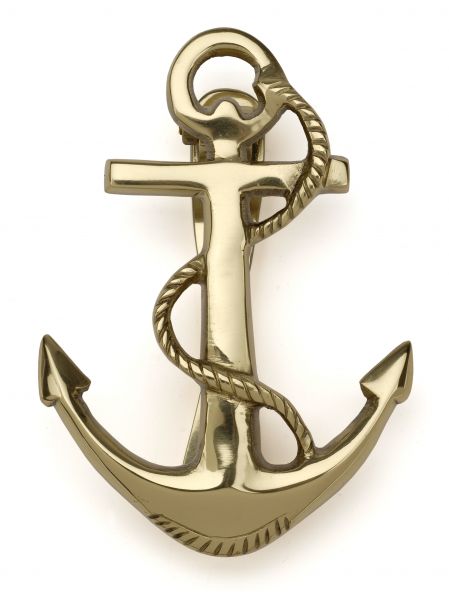In the 1930's, the race was on. The greatest transportation route on earth was between the United States and Europe, as indeed it is today. There was great competition between Germany and especially between France and Britain. The British entry into to fray was the magnificent Cunard-White Star liner, Queen Mary, although she was very nearly named Victoria.
Until her launch she was known simply as Cunard hull No. 534, since the name she was to be given was kept a closely guarded secret. Legend has it that Cunard intended to name the ship "Victoria", in keeping with company tradition of giving its ships names ending in "ia". However, when company representatives asked the King's permission to name the ocean liner after Britain's "greatest queen", he said his wife, Queen Mary, would be delighted. And so, the legend goes, the delegation had of course no other choice but to report that No. 534 would be called RMS Queen Mary. However, this story was denied by company officials, and is probably apocryphal, since traditionally the names of sovereigns have only been used for capital ships of the Royal Navy. It is more likely that the name Queen Mary was decided on as a compromise between Cunard and the White Star Line, with which Cunard had recently merged, who had a tradition of using names ending in "ic".
Construction began in December 1930 on the River Clyde by the John Brown & Company Shipbuilding and Engineering shipyard at Clydebank Scotland but was halted in December 1931 due to the Great Depression. Cunard applied to the British Government for a loan to complete 534. The loan was granted, with enough money to complete the Queen Mary as well as enough to build a running mate, hull No. 552 which became Queen Elizabeth. One condition of the loan was that Cunard merge with the financially ailing White Star Line, which was Cunard's chief British rival at the time. Both lines agreed and the merger was completed in April 1934. Work on the Queen Mary resumed immediately and she was launched on 26 September 1934. It had taken 3½ years and cost 3½ million British Pounds to complete her.

No comments:
Post a Comment